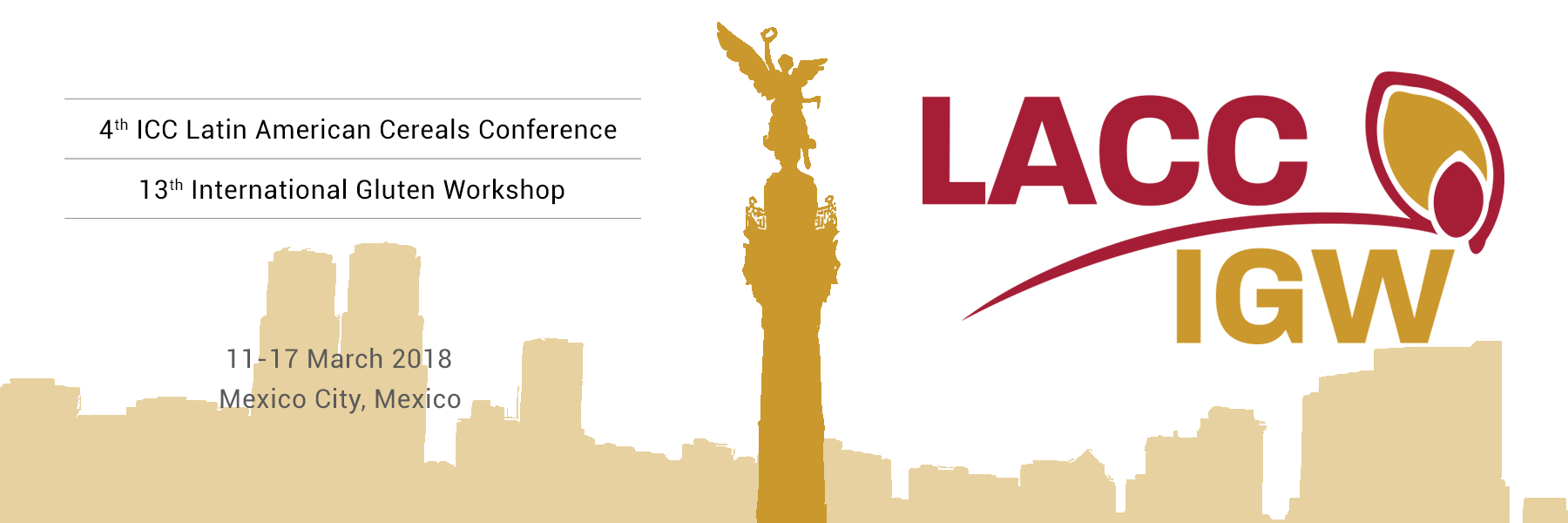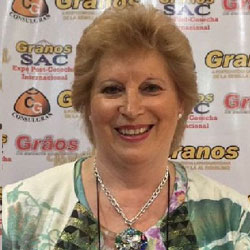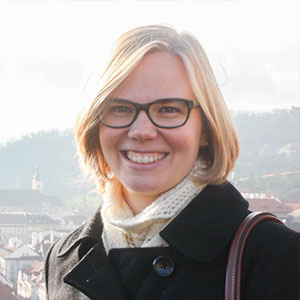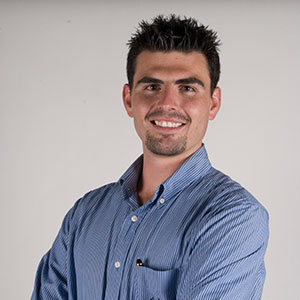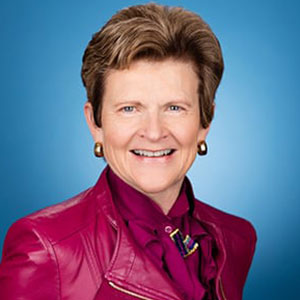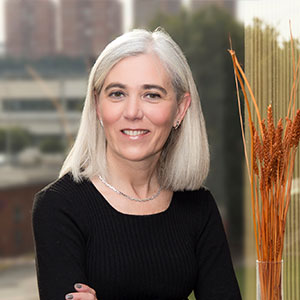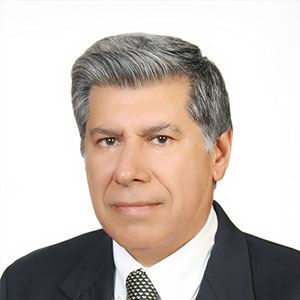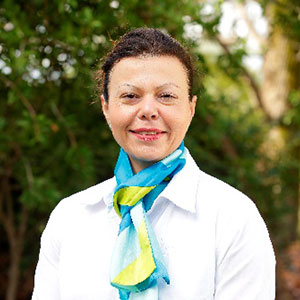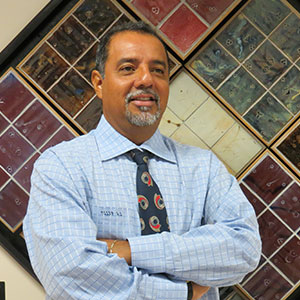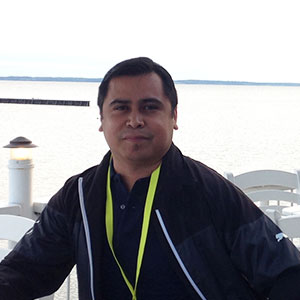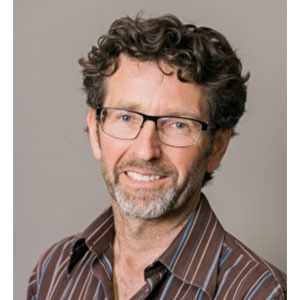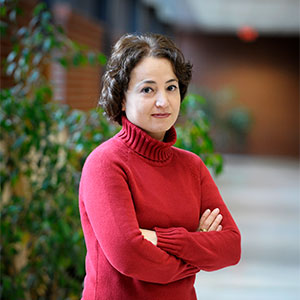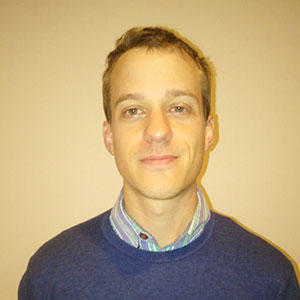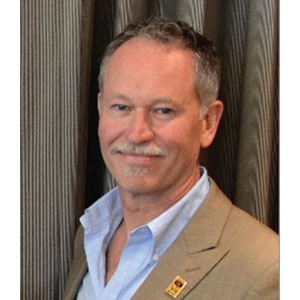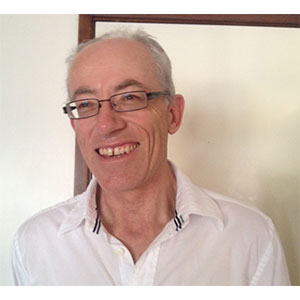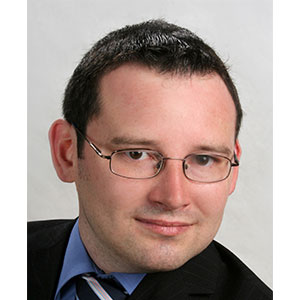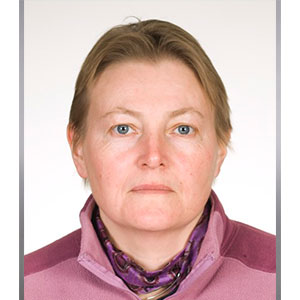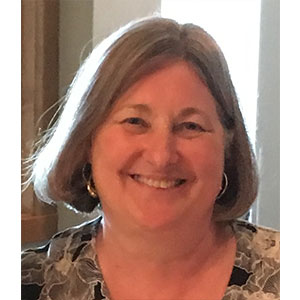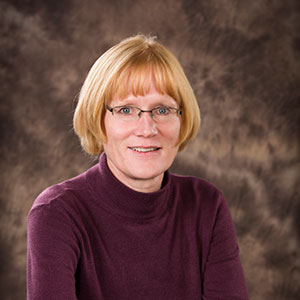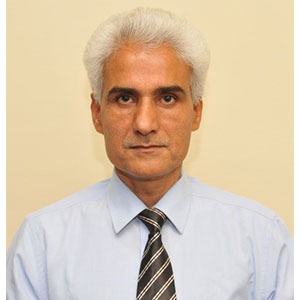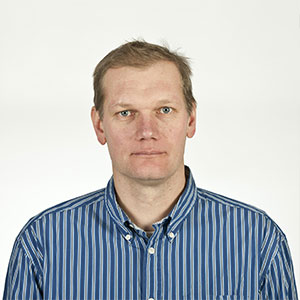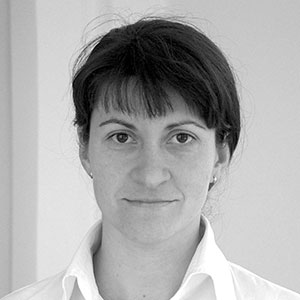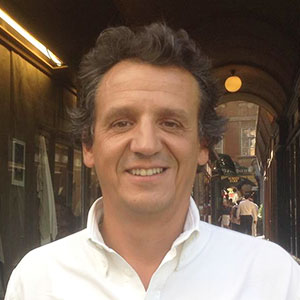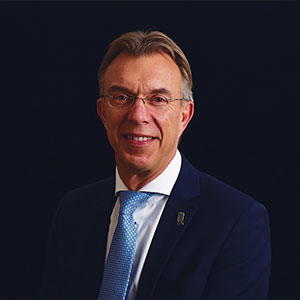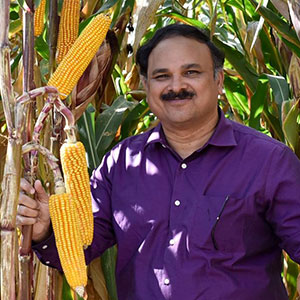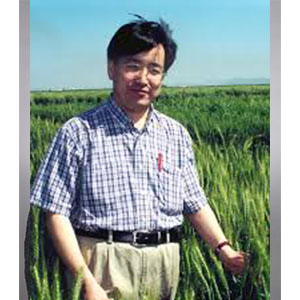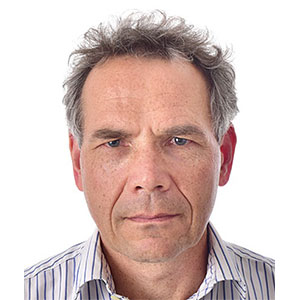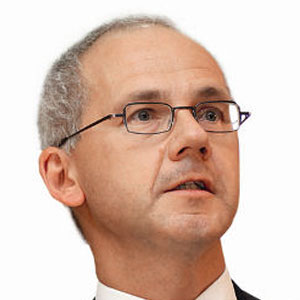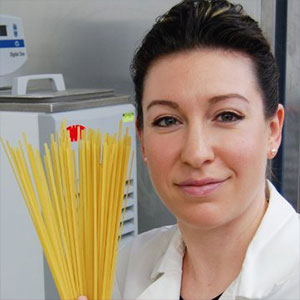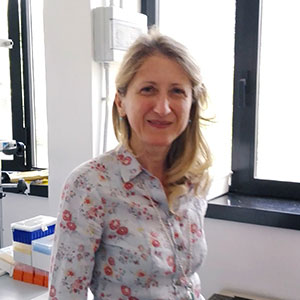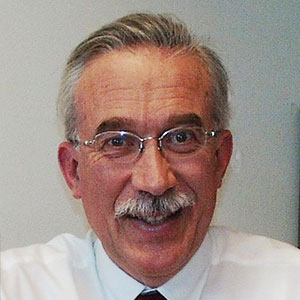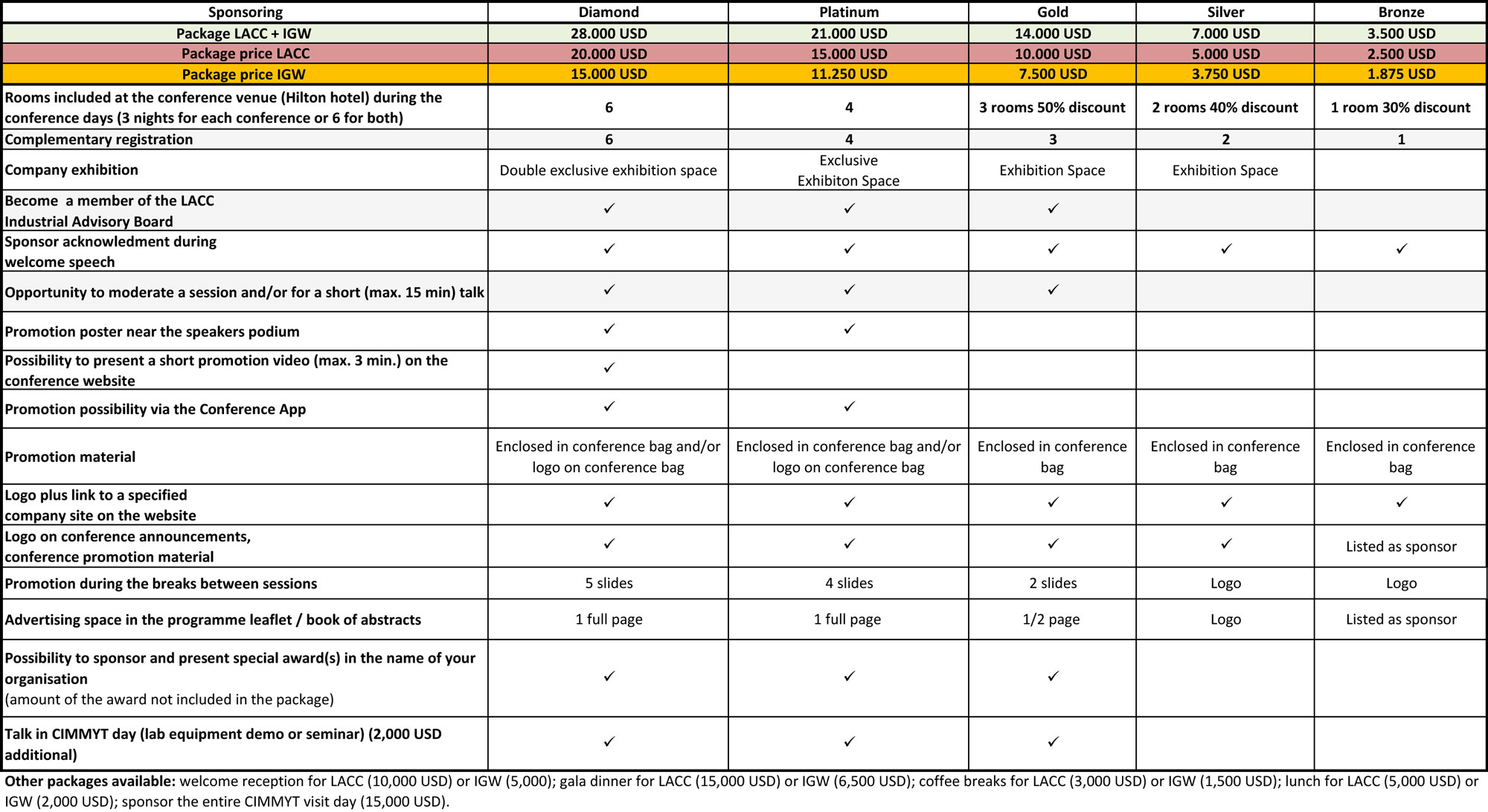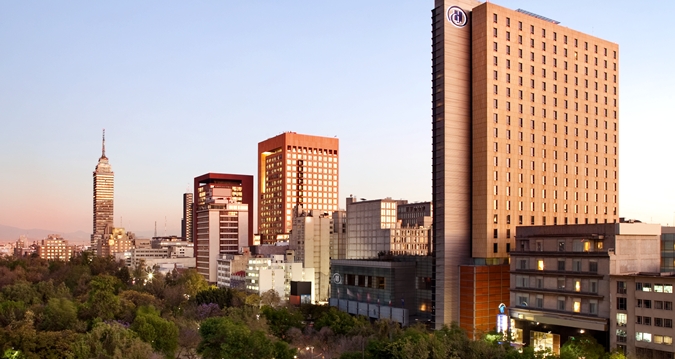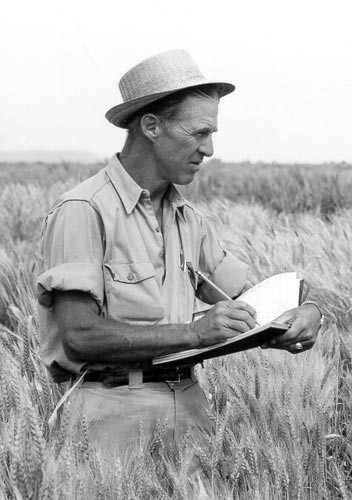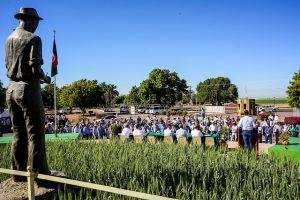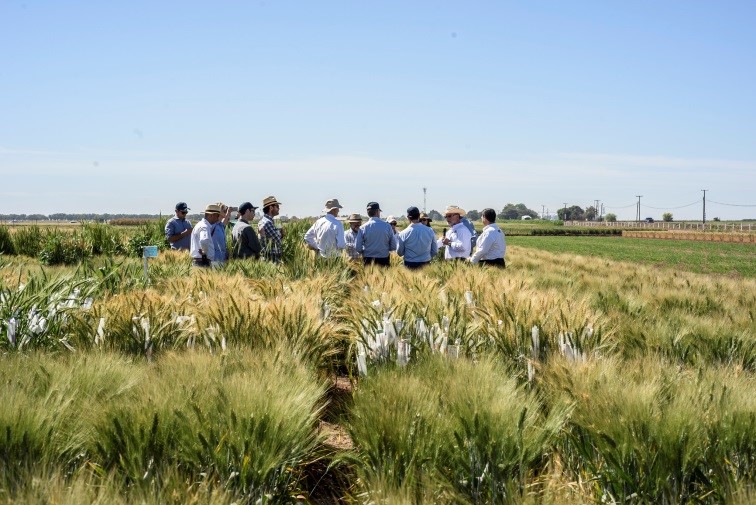Agenda
Read program
CONFIRMED SPEAKERS LACC4 – 4th ICC Latin American Cereals Conference
| Martin Kropff | Director General, CIMMYT, Mexico | Global food security and role of CIMMYT | |
| Gordon Smith | Head of Department of Grain Science and Industry, Kansas State University, USA | Flour safety, challenges and innovation | |
| Wolfgang Pfeiffer | Director R&D, HarvestPlus, USA | Harvestplus Alliance: Research, Development and Delivery of Micronutrient Dense Crops | |
| Martha Cuniberti | Head and Technical Director of Wheat and Soybean Quality Lab, INTA, Argentina | Importance of Argentine wheat production and quality in Latin America. | |
| Jan Willem van der Kamp | Senior Officer, TNO and Wageningen Research, the Netherlands | Whole Grain Dietary Recommendations and Coming to Agreement on Definitions | |
| Nese Sreenivasulu | Head of Grain Quality and Nutrition Center, IRRI, Philippines | Novel Phenotyping Tools to Assess Glycaemic Potential of Rice Germplasm | |
| Caroline Sluyter | Program Director, Whole Grains Council, USA | Making Whole Grains the New Norm: Changing Consumer Attitudes & Perceptions in Latin America and Around the World | |
| B.M. Prasanna | Director of Global Maize Program, CIMMYT, Kenya | Maize-based food and nutritional security in the developing world | |
| Daniel Guerrero | LATAM Nutrition and Regulatory Affairs Manager, Cereal Partners Worldwide, Mexico | Attitudes to whole grain foods, their benefits and liking: insights from consumers in Mexico, Colombia and a global perspective | |
| Ahmed Regina | Research Team Leader, CSIRO, Australia | High amylose wheat: a route to healthier foods. | |
| Natalia Palacios | Head of Maize Quality lab, CIMMYT, Mexico | Biofortified maize: progress and perspectives. | |
| Julie Jones | Distinguished Scholar and Professor Emeritus, St Catherine University, USA | Whole Grains: Just for the Health of It | |
| Michaela Pichler | Secretary General / CEO , ICC, Austria | A Global Movement to Increase Whole Grain Intake – Plans and Actions | |
| Marcus Loens | Director Food Division, Brabender, Germany | New solutions to automate and optimize quality control and lab analytic | |
| Cristina M. Rosell | Director, IATA-CSIC, Spain | Making healthier cereal foods by applying physical treatments | |
| Juan de Dios Figueroa | Professor, CINVESTAV, Mexico | Evolution of nixtamalization process: advantages and disadvantages. | |
| Larisa Cato | Wheat Quality Technical Markets Manager, AEGIC, Australia | Sponge & dough baking with Australian wheat. | |
| Luis Bello Pérez | Professor, Instituto Politecnico Nacional, Mexico | Retrospective study of starch digestibility in corn tortilla. | |
| Luis Alberto Ramírez Barajas | Industry Technology Specialist Novozymes, Mexico | Introduction to baking enzymes | |
| Hans Braun | Director of Global Wheat Program, CIMMYT, Mexico | Beyond the Gluten Debate: Wheat as a Staple Crop in the Developing Country and Its Increasing Importance | |
| Jos Van Boxtel | Principal Scientist, Arcadia Biosciences, USA | Enhancing shelf life and flavor of whole wheat flour | |
| Pedro Luiz Scheeren | Researcher, EMBRAPA, Brazil | Biofortification in Brazil: iron and zinc concentration in grains on wheat cultivars grown in different environments. | |
| Senay Simsek | Bert L. D’Appolonia Cereal Science and Technology of Wheat Endowed Associate Professor, North Dakota State University, USA | Mycotoxins and health | |
| Simon Fonteyne | Cropping Systems Agronomist, CIMMYT, Mexico | MASAGRO´s participative research network across Mexico: adapting conservation agriculture to local conditions | |
| Gideon Kruseman | Socio-economics, CIMMYT, Mexico | Milling quality: the Achilles heel of cereal foresight studies? |
CONFIRMED SPEAKERS IGW – 13th INTERNATIONAL GLUTEN WORKSHOP
| Tatsuya Ikeda | Senior Researcher, NARO, Japan | International collaboration on wheat quality and safety. | |
| Craig Morris | Director, USDA-ARS Western Wheat Quality Lab, USA | Enhanced gluten properties in soft kernel durum wheat. | |
| Julie Miller Jones | Distinguished Scholar and Professor Emeritus, St Catherine University, USA | Gluten: facts, factoids, and fallacies | |
| Mike Sissons | Head of Durum Chamistry, NSW Department of Primary Industries | Can manipulation of the glutenin composition of durum wheat improve bread loaf volume and still maintain pasta quality? | |
| Markus Brunnbauer | Product development , Backaldrin International The Kornspitz Company | Modern applications of vital gluten in bakery products and higher demands for its quality. | |
| Alison Lovegrove | Senior Research Scientist, Rothamsted, UK | Exploiting natural and induced variation to improve the content and composition of dietary fiber in wheat grain. | |
| Susan Altenbach | Research Biologist, USDA-ARS Western Regional Research Center,USA | Biotechnology and breeding strategies for the development of wheat with reduced allergenic potential. | |
| Jos Van Boxtel | Principal Scientist, Arcadia Biosciences Inc., USA | Reduced gluten and increased lysine levels by single gene disruption in wheat. | |
| Senay Simsek | Bert L. D’Appolonia Cereal Science and Technology of Wheat Endowed Associate Professor, North Dakota State University, USA | Immunomodulatory activities of wheat arabinoxylan hydrolyzates. | |
| Wujun Ma | Professor, Murdoch University, Australia | Characterization of cysteine-rich avenin-like proteins in common wheat. | |
| Jayne Bock | Global Technical Leader of the Food Division, Brabender Instruments, USA | Development of a method to evaluate the quality of vital wheat gluten for bread baking using a high shear technique. | |
| Maryke Labuschagne | Professor, University of the Free State, South Africa | Proteomics in wheat gluten research: where are we standing and where are we going? | |
| Sewa Ram | Principal Scientist and Head of Wheat Quality lab, ICAR-Indian Institute of Wheat and Barley Research, India | Assessment of genetic variability and development of high phytase and low phytic acid genotypes in wheat. | |
| Bin Xiao Fu | Research Scientist and Program Manager at the Grain Research Laboratory Canadian Grain Comission, Canada | Rapid assay for functional protein fractions in wheat flour or wholemeal | |
| Till Pellny | Senior Research Scientist, Rothamsted, UK | Developing new types of wheat with good processing quality at low grain protein content. | |
| Barbara Laddomada | Researcher, CNR ISPA, Italy | Variability in phenolic acid composition and content in a collection of CIMMYT durum wheat cultivars and Mexican landraces. | |
| Zhonghu He | Distinguished Scientist and Country Liaison Officer, CAAS-CIMMYT, China | molecular marker development and application for improving qualities in bread wheat. | |
| Marianna Rakzesgi | Leader of Wheat Quality lab, Centre for Agricultural Research, Hungary | Aegilops as a source of dietary fiber and drought stress tolerance. | |
| Gilberto Igrejas | Professor of Genetics and Biotechnology and Head of the Functional Genomics and Proteomics Unit, University of Trás-os-Montes and Alto Douro, Portugal | Proteomics to assess the quality of the Portuguese bread wheat. |
11 March 2018
Afternoon: opening of LACC4
Evening: LACC4 welcome reception at the Conference venue
12 March
Morning and afternoon: LACC4 Scientific Symposium
13 March
Morning and afternoon: LACC4 Scientific Symposium
Evening: LACC conference dinner
14 March
Morning: CIMMYT Headquarters visit
Afternoon: opening of IGW
Evening: IGW welcome reception at the Conference venue
15 March
Morning and afternoon: IGW Scientific Symposium
16 March
Morning and afternoon: IGW Scientific Symposium
Evening: IGW conference dinner
17 March
Morning: IGW Scientific Symposium
Programme for LACC
| Main Scientific Topics | Sub-topics |
|---|---|
| Quality and quality assessment | – Quality evaluation/management – Analytical & rheological methods |
| Cereal processing technologies | – Grain storage & milling technology – Engineering aspects of cereal research/processing – Novel/emerging technologies – Ingredients, enzymes, additives & their functionality – Processing for non-food uses |
| Cereal foods | – Breads around the world, industrial, traditional & artisanal breads – Tortillas, nixtamalization & other maize based products – Cakes, cookies, pasta & noodles – Extruded products, snacks & breakfast cereals – Traditional grain products & gastronomy |
| Nutrition and health | – Functional cereal foods – Health benefits of wholegrain products & dietary fiber – Communication strategies and combating fake news – Micronutrients & (bio)fortification of cereal products – Reformulation towards healthier compositions and clean labels – Gluten free food products – Pseudocereals – “alternative cereals” as main source of nutrients |
| Food safety | – Food safety assurance in cereal storage & food processing – Mycotoxins & other contaminants – New/rapid analytical monitoring methods |
| Food security
|
– The role of cereals in feeding the world & providing key nutrients – Impact of climate change & environmental stressors on grain production & quality – Contribution of cereal grains and pulses to food availability & food access – Food waste & its reduction – Contribution of new technologies to food sustainability |
| Recent developments in breeding and agronomy | – New strategies to increase grain production, quality, nutritional properties & safety – Cereal genetics & biochemistry as related to food production |
| Food legumes | – Processing technologies for pulses, traditional pulse products – Contribution of legumes to global nutrition and health – Perspectives for combining pulses and cereals |
| Feeds and animal feeding | – Role of cereals, pulses & their byproducts in animal feeding, – Feed regulations |
Programme for IGW
| Main Scientific Topics | Sub-topics |
|---|---|
| Contribution of wheat grain components and their interactions to industrial and nutritional quality (gluten proteins, carbohydrates, lipids, bioactive components, enzymatic activity) | – Grain composition in relation to functionality in food processing and end-product quality – Grain composition in relation to nutritional quality – Grain functional components influencing health |
| Innovations on the analysis of wheat quality parameters: technologies and methodologies. | – Innovative analytical and rheological equipment and methods to asses composition, processing and end-product quality – Novel/improved methods to assess micronutrient composition (minerals and vitamins) and other bioactive compounds of grains, flours and wheat-based foods |
| Progress in milling and processing technologies | – Milling as related to flour/semolina processing performance and end-product quality – Progress in milling technologies to enhance the nutritional and health value of high extraction flours – Progress in food processing technologies to improve the performance of whole grain and high extraction flours in the manufacture of wheat-based foods |
| End-use quality of bread and durum wheat and other cereals possessing gluten-like proteins | – End-use quality of ancient, modern, and novel wheat cultivars – End-use quality of cereals possessing gluten-like proteins (triticale, rye, etc.) |
| Genetics, breeding for wheat processing and nutritional quality improvement and environmental effects | – Genetic control and genetic diversity of grain quality (processing and nutritional) traits – Breeding strategies to improve grain quality traits – Influence of abiotic stresses on the stability of quality traits – Influence of wheat diseases on the expression of grain quality traits – Influence of crop management and fertilization on the expression of wheat quality traits |
| Non-food uses of wheat and gluten | – Wheat as feed grain – Non-food uses of wheat – Protein polymers – Starch polymers |
| Health benefits of wheat and adverse reactions | – The impact of wheat-based foods on health – Health benefits of whole grain and refined flours – Gluten composition in relation to gluten sensitivity/intolerance – Advances in the knowledge of non-celiac gluten sensitivity |
| Deploying genetic resources for end-use and nutritional quality improvement | – Wheat landraces and ancient wheats as a source of variability for quality traits – Use of wild relatives, synthetics wheat, and other species (Triticale, tritordeum, etc.) to enhance wheat quality |
